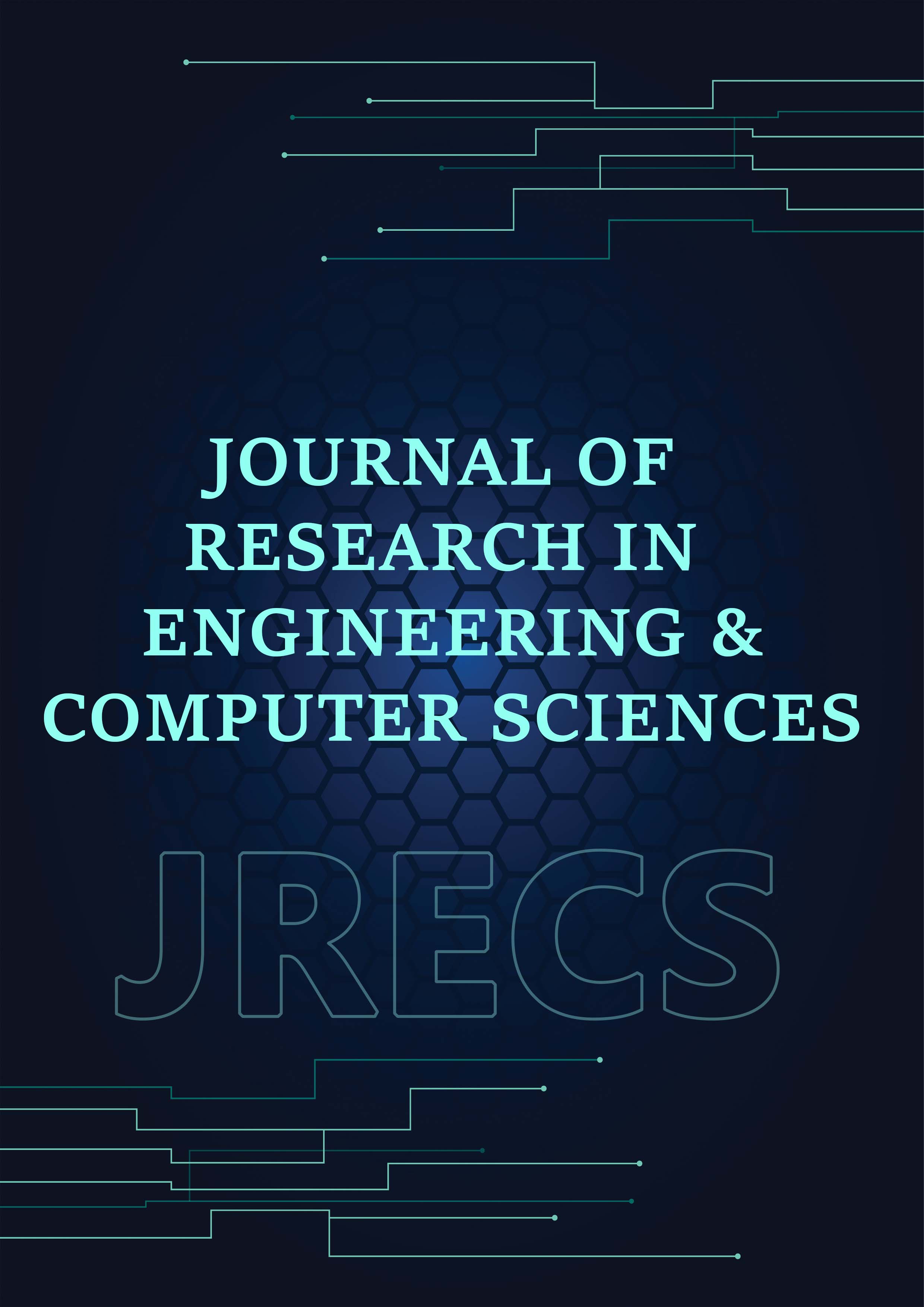Design of a Hybrid Intelligent Traffic Signal Control System Using Nearest Neighbor Algorithm and Deep Reinforcement Learning with SUMO Simulator
DOI:
https://doi.org/10.63002/jrecs.303.983Keywords:
K-Nearest Neighbor, Deep learning, Deep learning algorithmsAbstract
In this paper, a new hybrid intelligent traffic signal control system based on K-nearest neighbors (KNN) algorithm and deep reinforcement learning (DRL) is proposed. The system employs KNN to quickly classify traffic states with historical data, and a DQN to iteratively optimize traffic signal policies on the fly. The hybrid mechanism can overcome the drawbacks of single model based systems as it is capable of combining immediate response and long term adaptability. Extensive simulations on different traffic conditions (including peak hours and extraordinary accidents) indicate that the hybrid system performs much better on average than traditional fixed-timing method and single-algorithm system (KNN-only, DRL-only). In contrast to the traditional system, the hybrid model decreased the average waiting time of vehicles by 48 percent, the number of stops by 58 percent, and improved the throughput of vehicles by 57 percent. These enhancements point to better traffic-integrated urban management and insect-ion efficiencies as well as combined enhanced environmental sustainability of the hybrid model.




